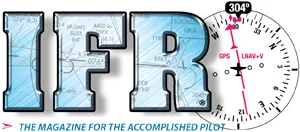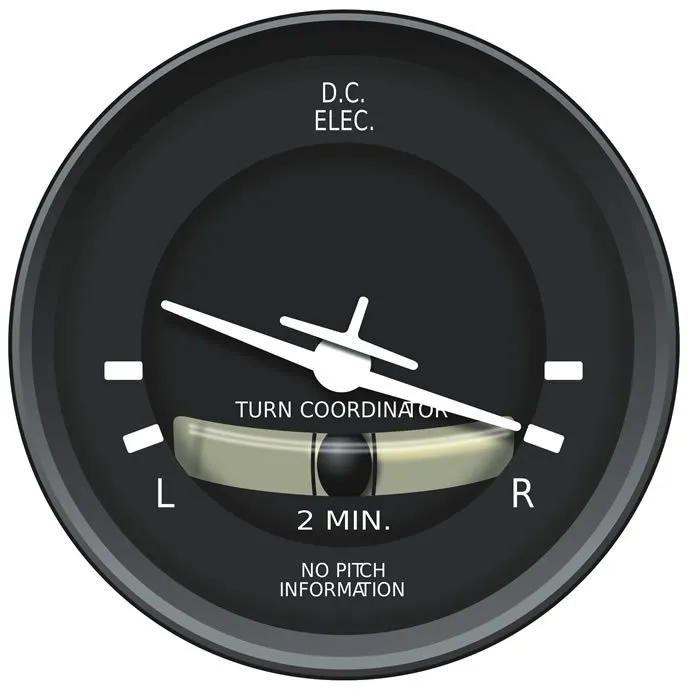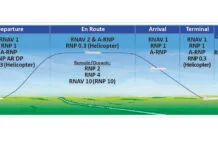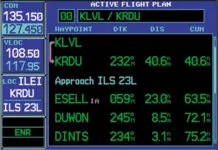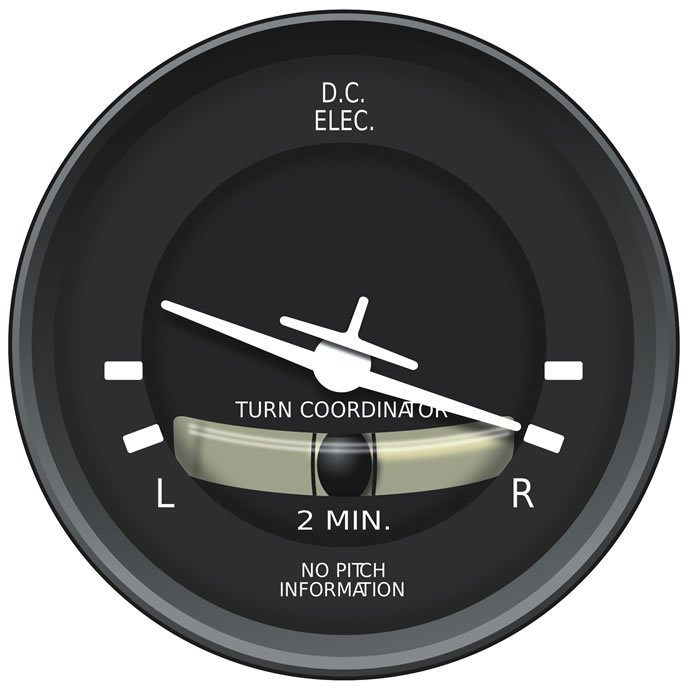
Uh oh! Halfway through an IFR cross country flight, it appears your instrument panel has suffered a couple deaths in the family: the attitude indicator, and the heading indicator. A glance at the suction gauge shows none. To top it off, you left your handheld GPS back in the car.
You’re in VMC right now, but there’s instrument weather down the road to your destination. A look at your charts shows a decent-sized airport about twenty miles off your right wing that probably has an A&P mechanic. Better to put it down now than get into some clouds without knowing which way’s up. Unfortunately, a scattered cloud deck below is making it hard to pick out any landmarks. Not a good day.
Thankfully, there’s yet another tool in the ATC garage that can save the day: the no-gyro vector. It requires several elements. First, ATC will tell you “this will be a no-gyro vector” and instruct you to either “turn left” or “turn right.” Upon receipt of that instruction, you will commence a standard rate turn (3 degrees per second) relying on the turn coordinator. ATC will watch your aircraft’s track on radar. Once it appears the track is heading in the right direction, the controller will say, “Stop turn.” Due to radar lag, it may take a few additional turns back and forth to get you properly lined up.
So, let’s do it. “I’ve lost my heading and attitude indicators,” you tell ATC, “and I need to change my destination.” You give him the identifier for the new airport. “I know it’s about 20 miles south of here, but I’ve got no GPS aboard and can’t see the ground too well. Can I get a no-gyro vector?”
“Roger,” ATC replies. “Cleared to APT airport via radar vectors. This will be a no-gyro vector. Turn right.” You comply with the turn. After 40 seconds pass. “Stop turn.” The controller watches your track, then says, “Turn left.” Another 10 seconds pass, and again he says, “Stop turn.” He watches your track, is satisfied you’re on course, and says, “APT airport 12 o’clock, one-eight miles. Report in sight.” A few minutes later, you spot the airport and ATC clears you for the visual.
Complicated? Not really. It just requires ATC-pilot teamwork. It’s a good idea to request no-gyro vectors at least once on a standard flight, just to experience it once before you need it for real. If the controller’s not busy, they’ll likely oblige. Many of us don’t get to do them very often, so we need the practice too.
